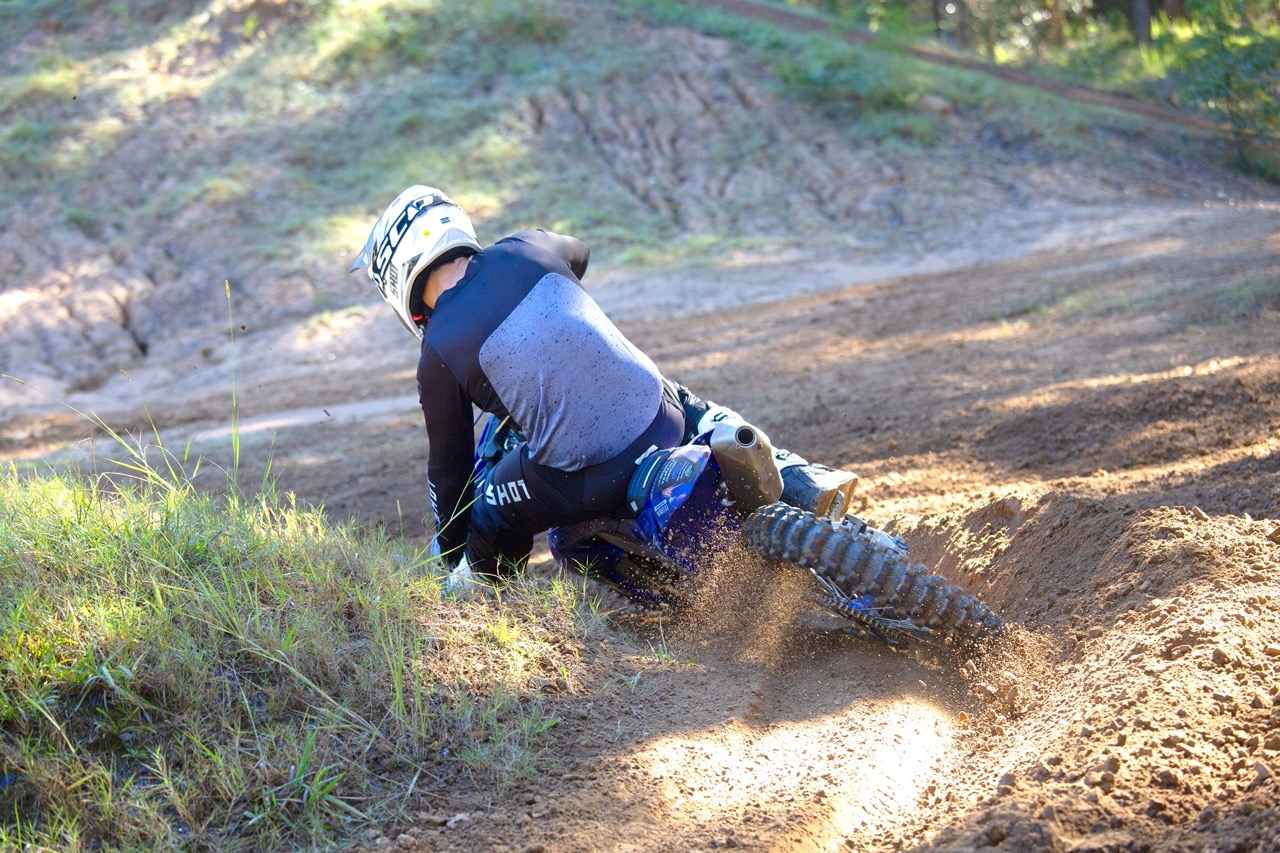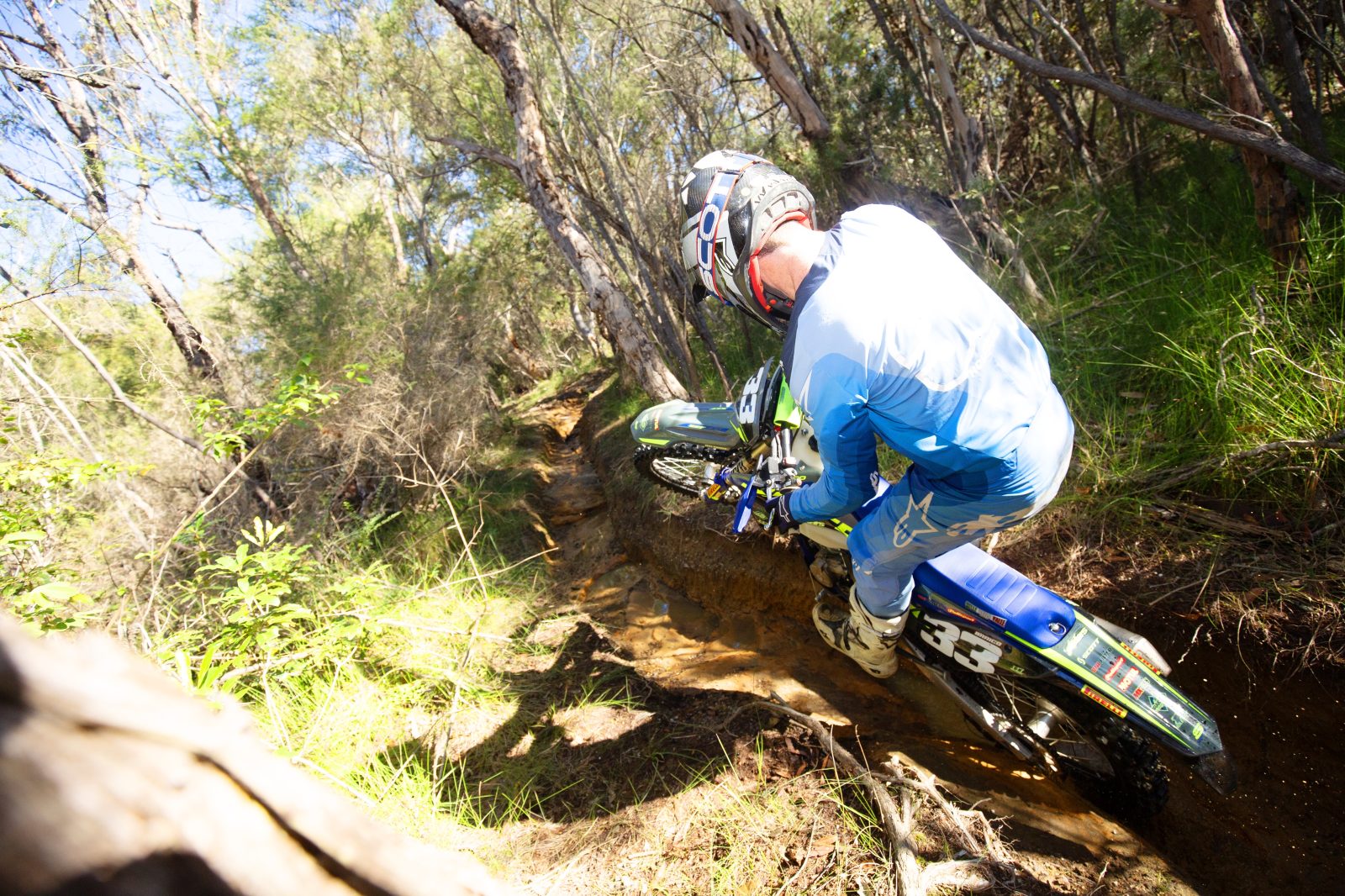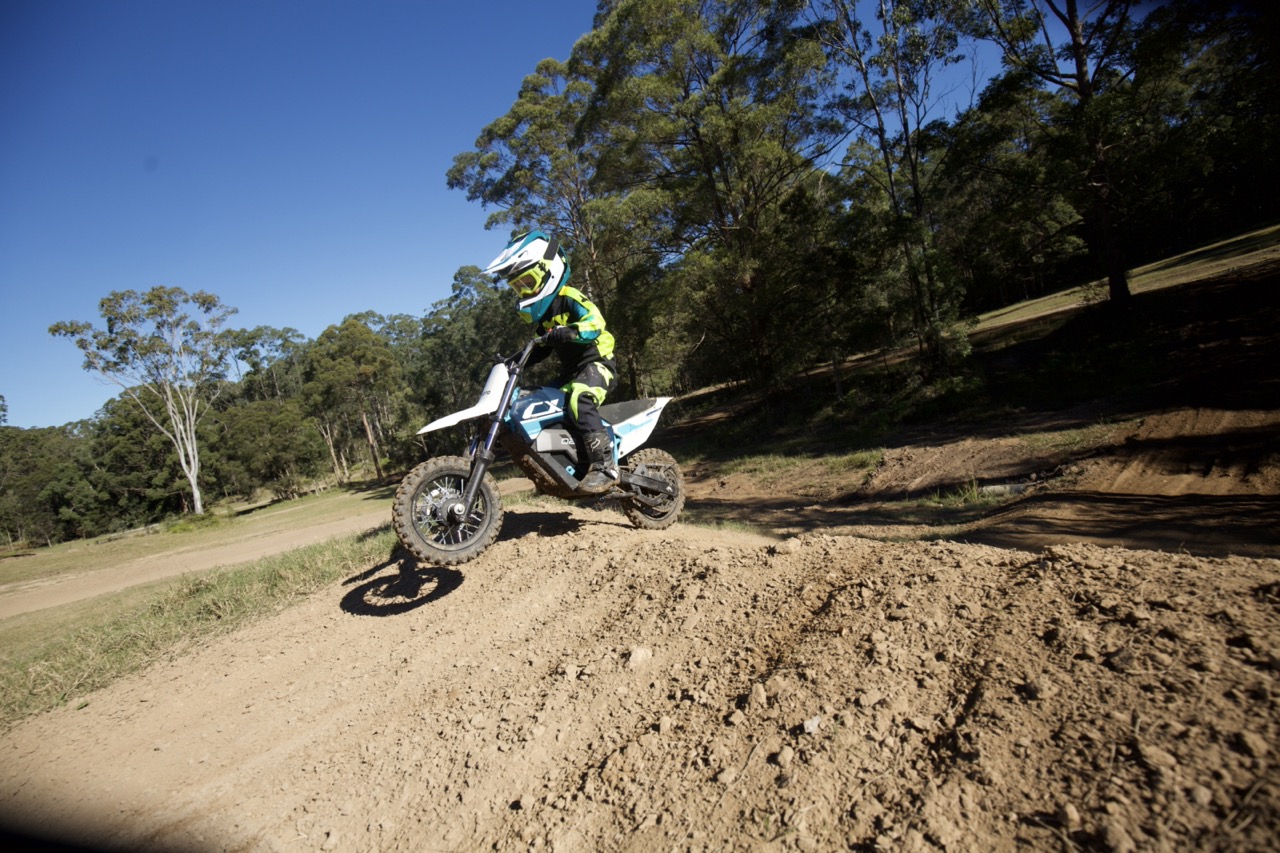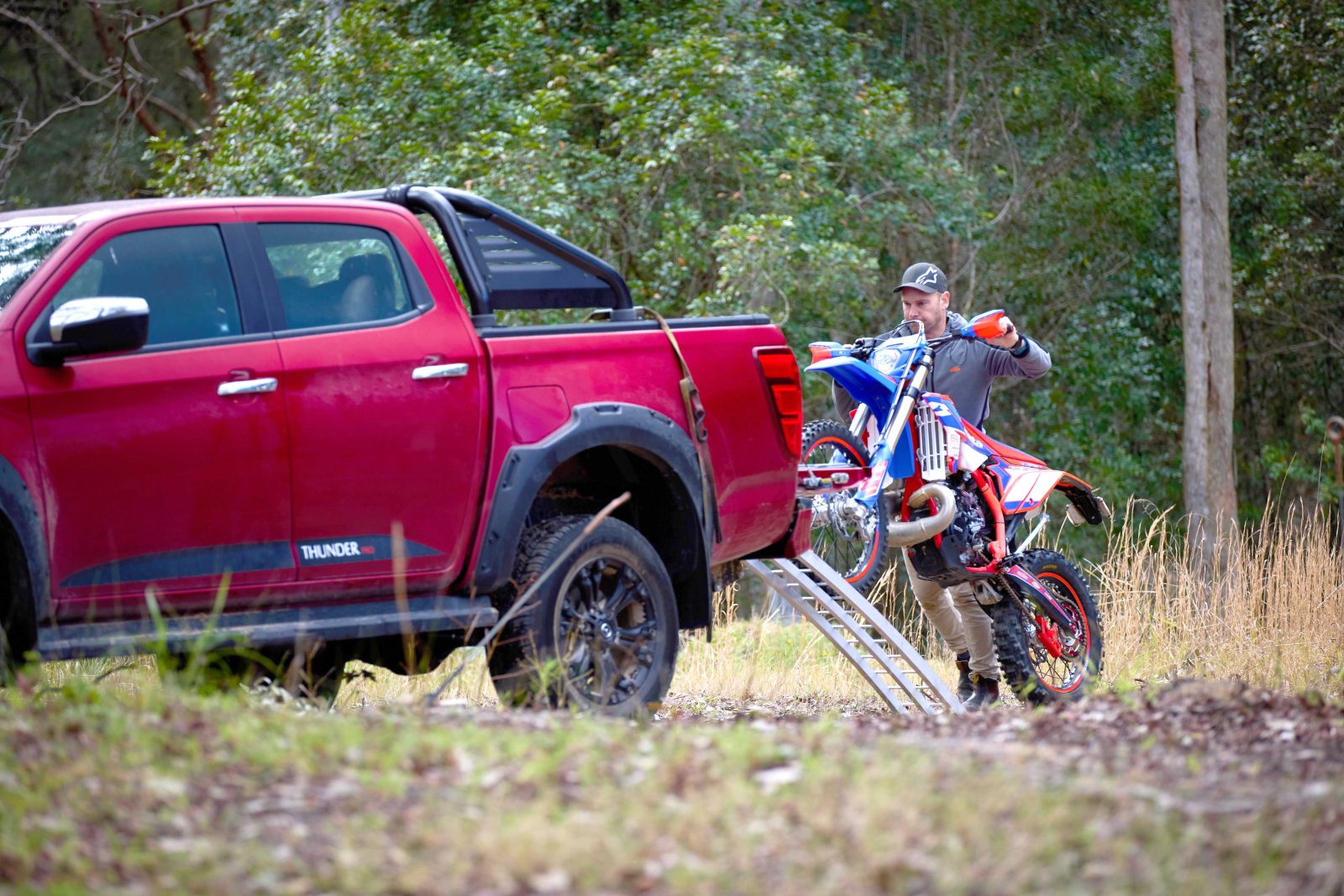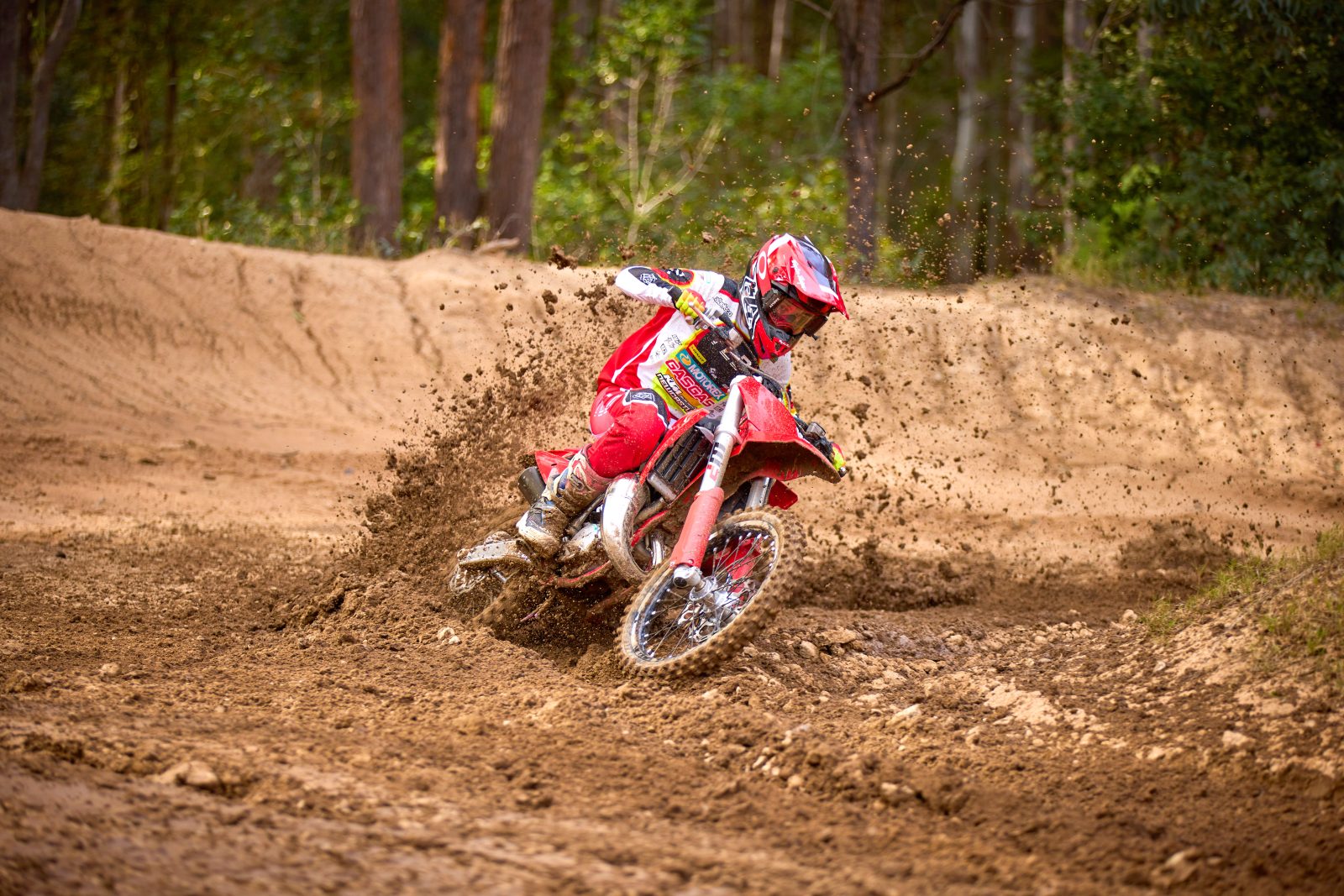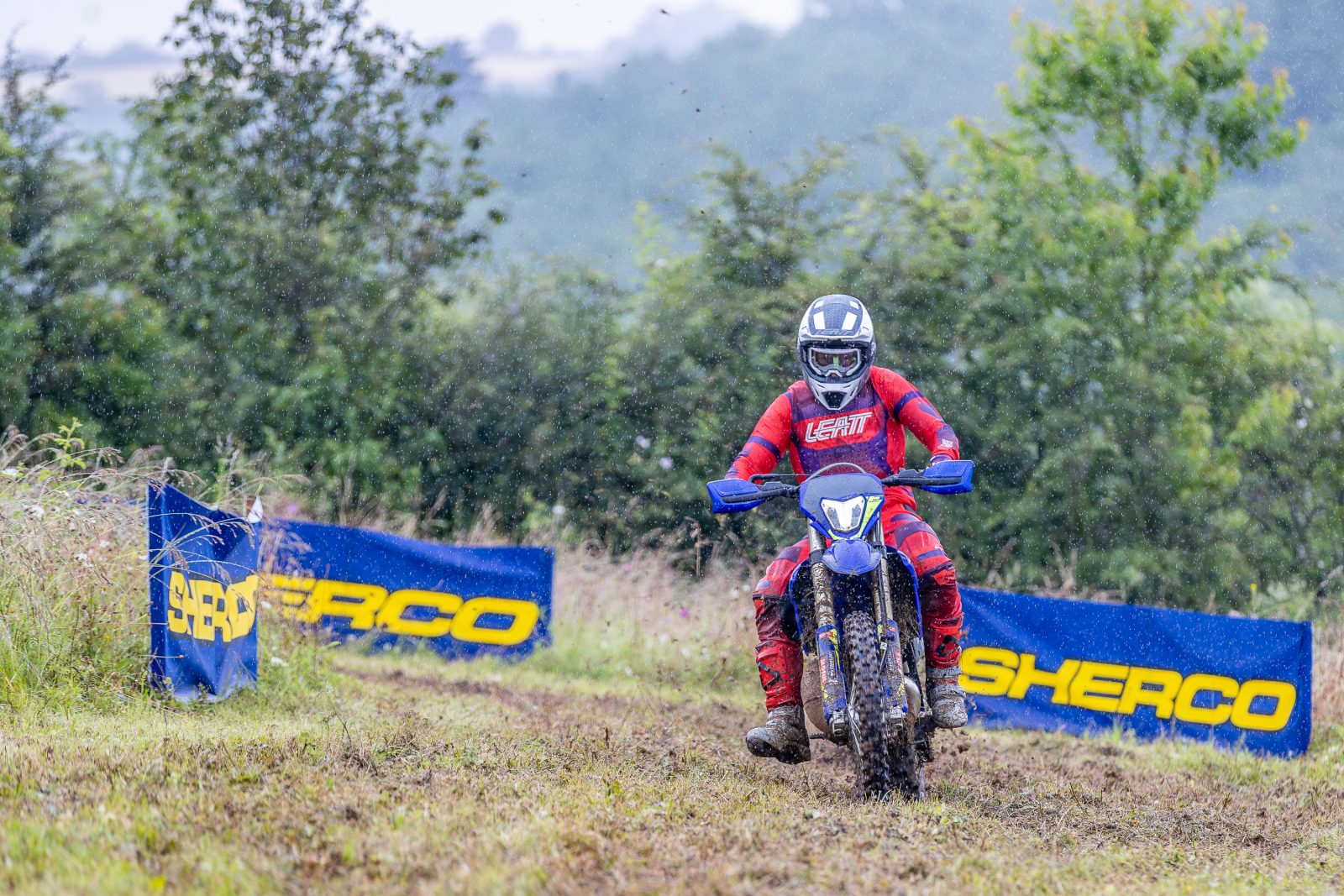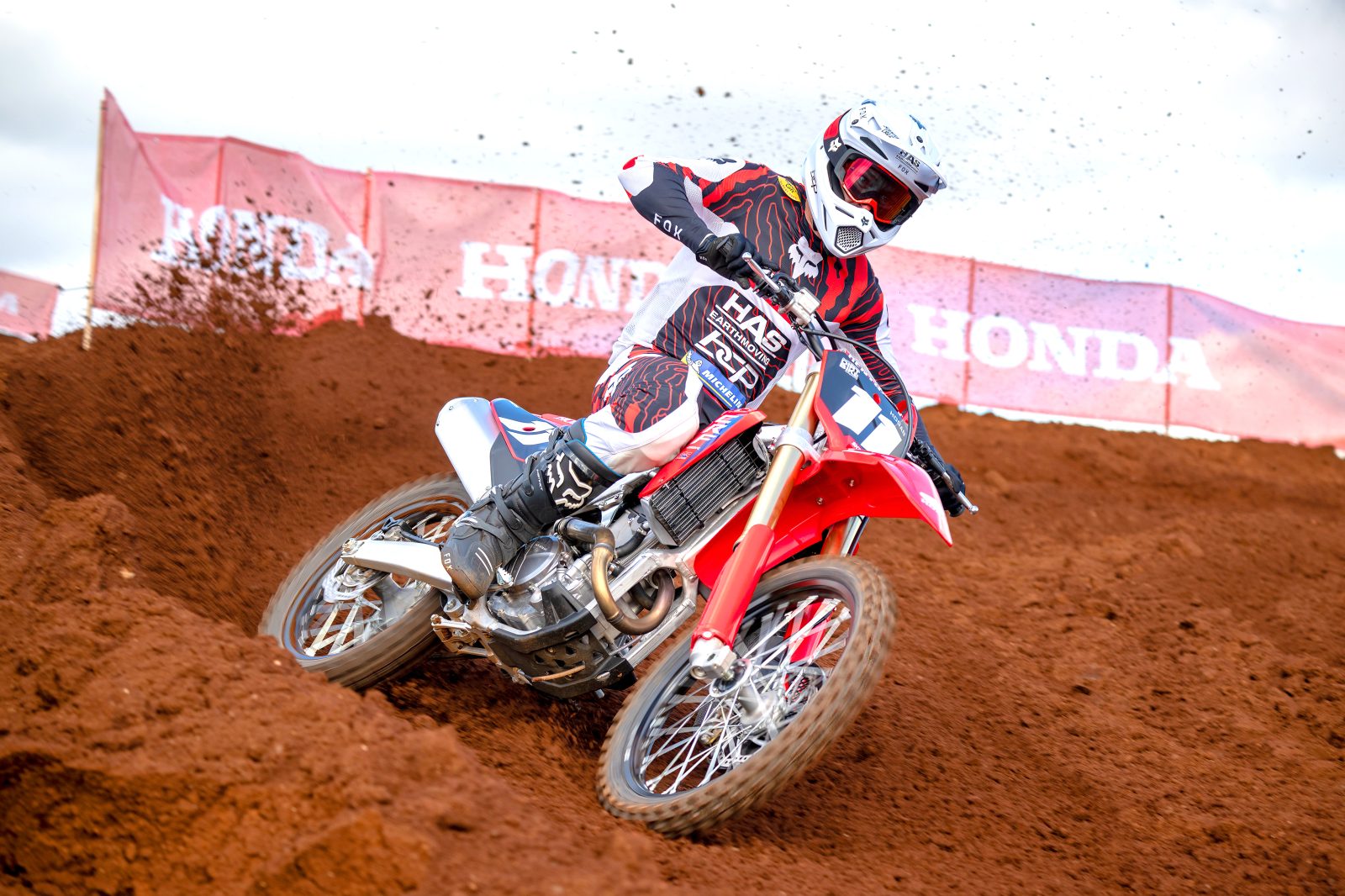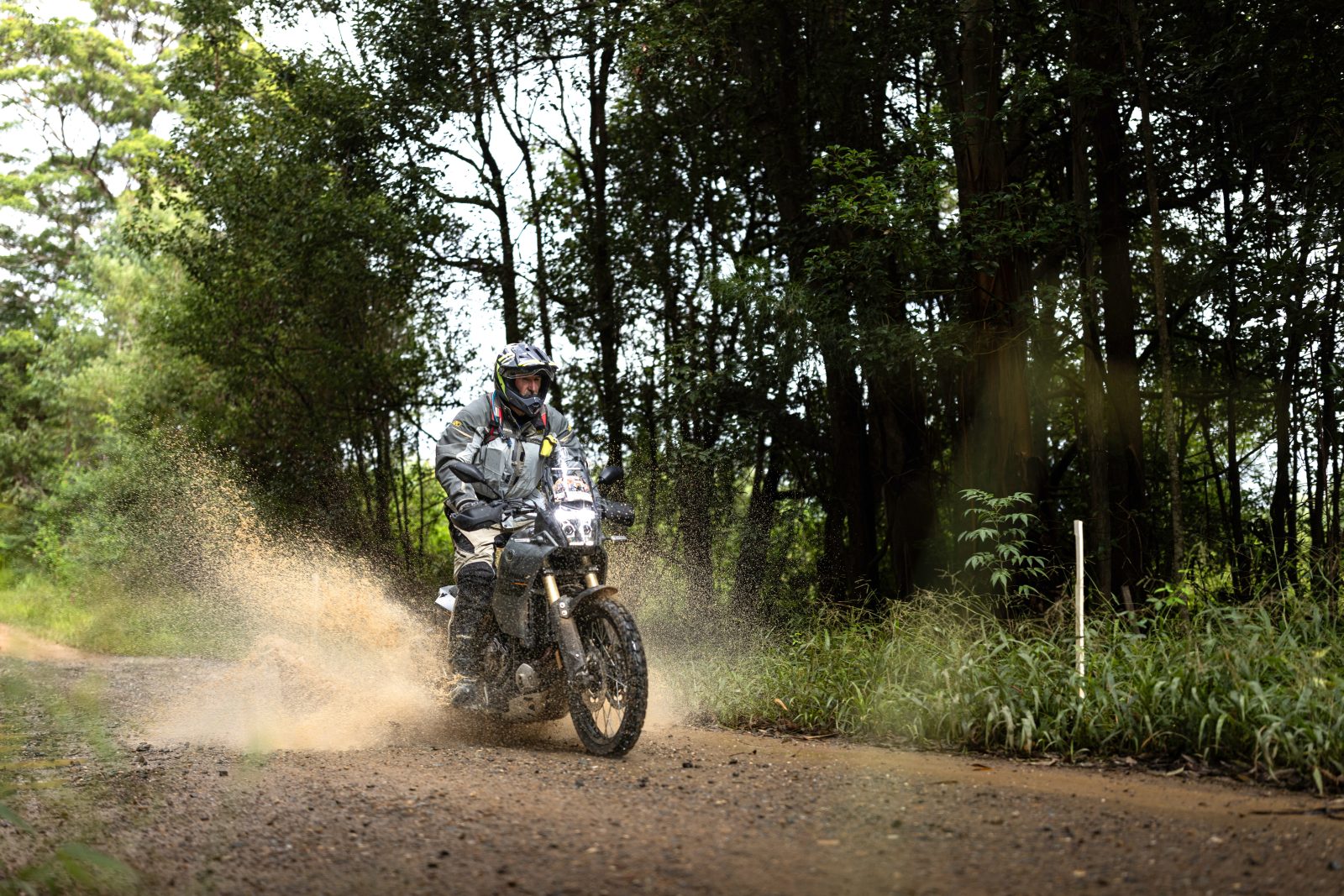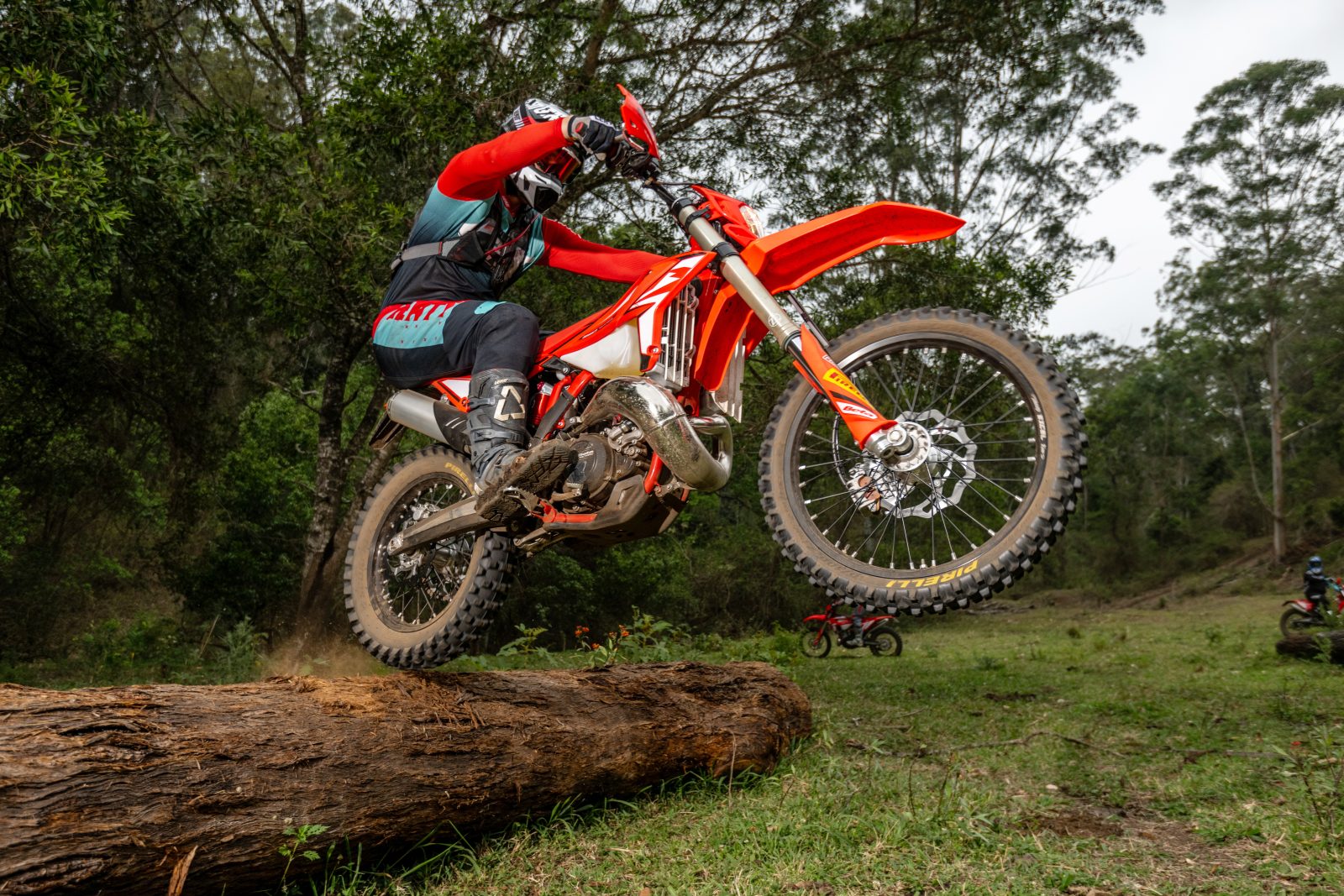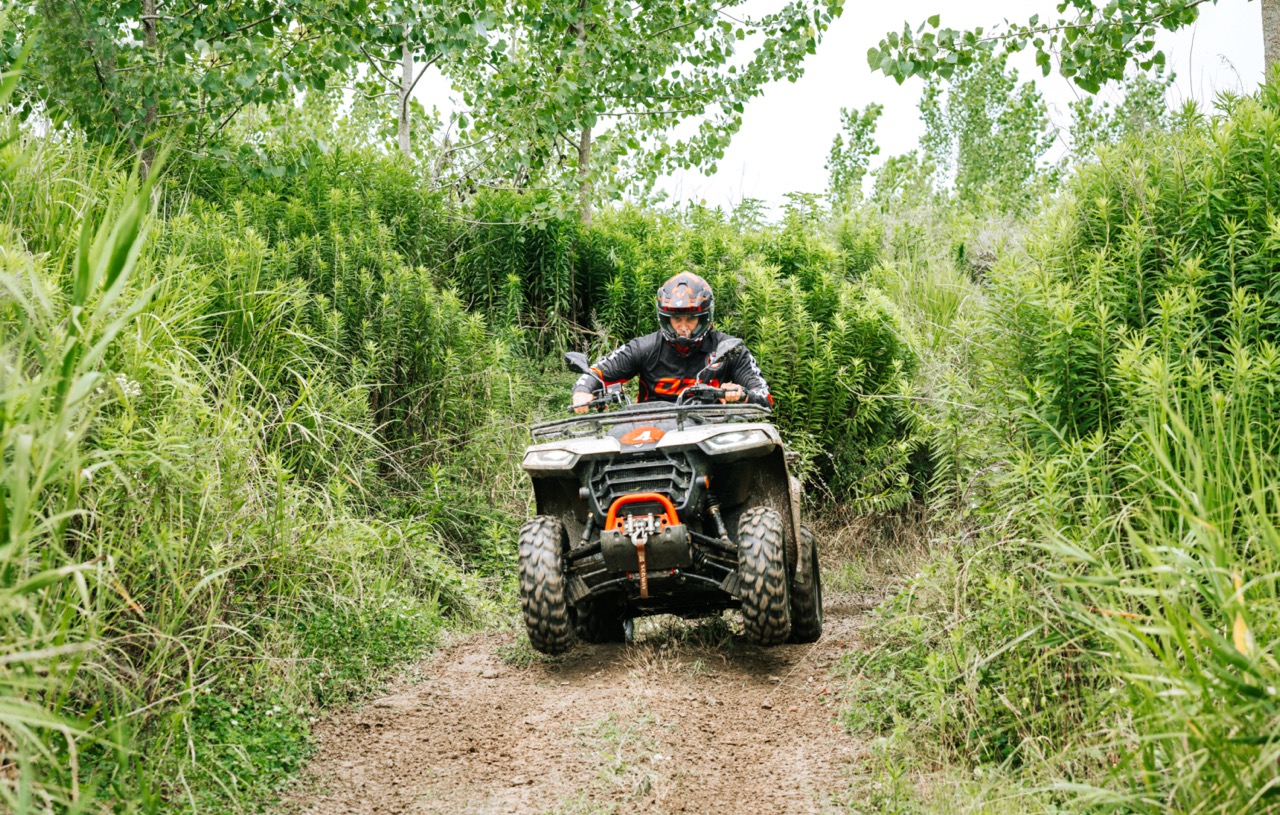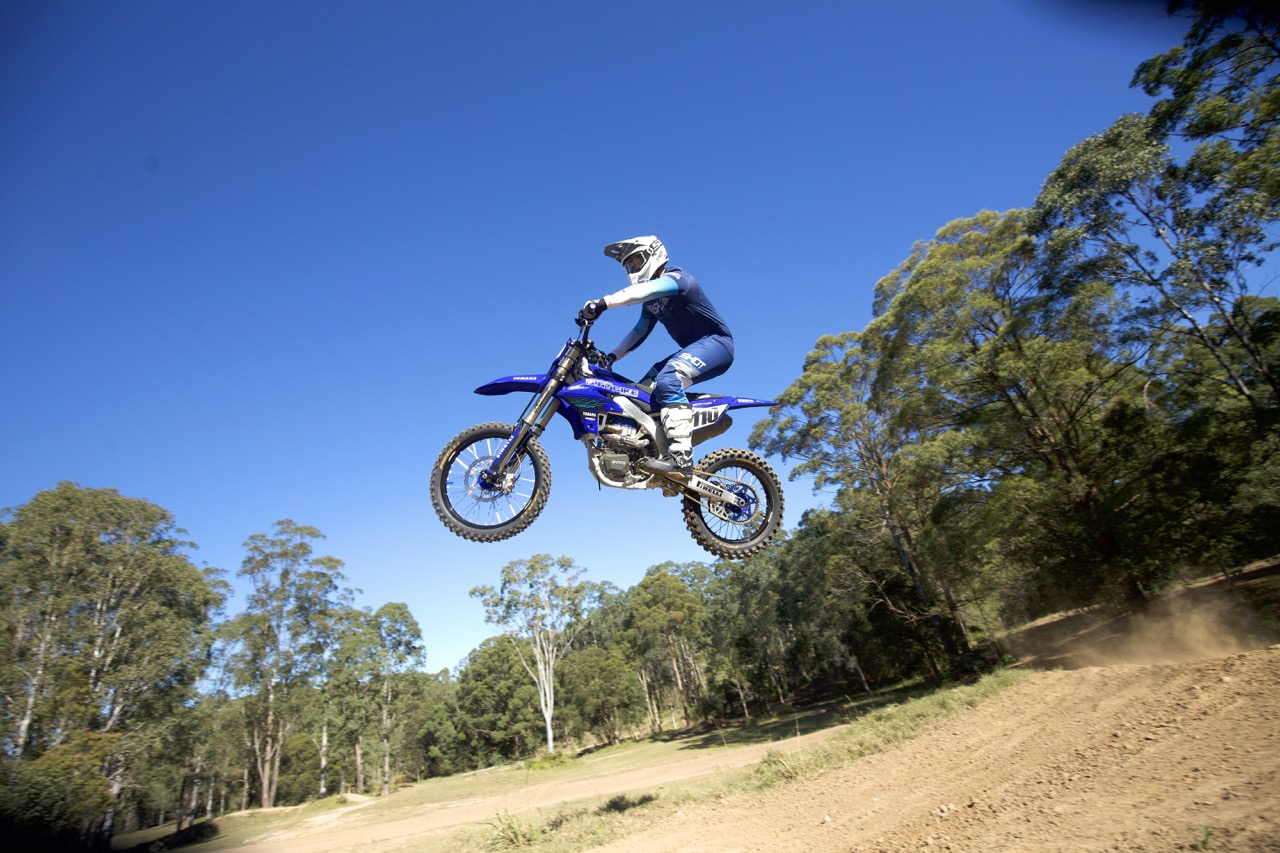It would be easy to say the 2024 Beta RR 430 is just another 450cc trailbike but it isn’t. The RR 430 is in fact a genuine 430cc motor, unlike the Yamaha WR450F for example which is a 450cc motor with a bore of 97mm as opposed to the RR 430’s 95mm. Technically, we should probably be calling it a mid-cap! The KTM, Husqvarna, GASGAS and Sherco also all have more cubes at 449cc and 450cc.
The 2024 Beta RR 430 received some upgrades from the 2023 model including a new seat with the foam now coming in a different shape and density. This was welcome news because the last few models have had a seat Kim Kardashian would find lacking padding. It was flat, hard and uncomfortable.
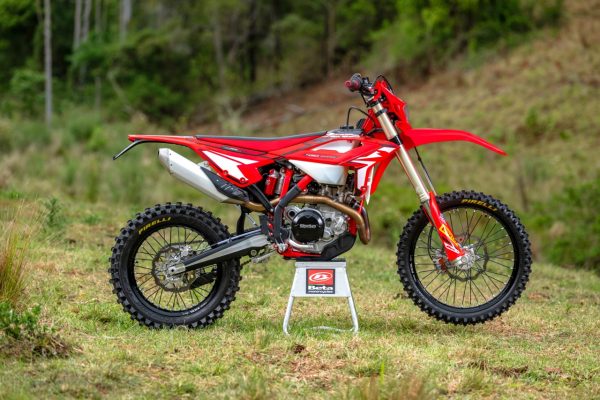
The suspension also got a tweaking and the 2024 model now comes with lighter upper fork tubes, particularly in the area of engagement of the lower fork sliders. Beta claim the different machining of the tubes is designed to provide “controlled flexibility, which results in smoother damping of rough terrain and therefore significantly improved comfort and sensitivity”. That’s tricky to measure as the suspension has always been quite smooth and soft.
It gets new radiators that are now lighter and tougher, with shaped reservoirs in the upper section to allow the bike to achieve a greater steering angle. This was noticeable and as someone who doesn’t do all that much high-speed stuff, I like the tighter turning, it’s definitely noticeable in the tight stuff. And of course, the new radiators, are designed to provide better coolant circulation for a cooler ride with a greater number of reinforcements.
We didn’t have issues with the previous model Betas overheating but knowing it will be cooler under the head is a welcome relief. The radiator cap is also now a non-plastic cap which is apparently tougher and less exposed to potential impacts. But again, has anyone actually had issues with the old radiator cap? All was fine with mine.
The front brakes received upgrades to the brake line. The line’s protective sheath is now fastened with dual crimping at the top and bottom, (previously it was only crimped at the bottom), allowing the brake line better protection from abuse.
Adding that little extra value for money is the retention of the traction control system from the previous model, which comes standard on this model. That’s a way to make customers feel good about handing over their hard-earned because some other brands make you pay for the privilege of less rear-wheel slip. The traction control system has been further refined by the Beta technicians. It is more precise in its operation and is less invasive which I noticed quite a lot. My suggestion, leave it on, it helps enormously.
The airbox sleeve has had its geometry overhauled to improve airflow and of course, for 2024 the Beta RR 430 gets new graphics. The rest of the bike such as the steel frame, DOHC, titanium valved engine with finger followers, dual oil pumps, Elldor dual electronic injection, 42 mm Synerject throttle body, hydraulic clutch, six-speed gearbox,11.3 litre fuel tank ZF 48mm fork and ZF shock and Nissin brakes all carry over from the 2023 RR 430 largely unchanged.
This all makes the slightly smaller capacity 2024 Beta RR 430 a different bike to ride to the models mentioned above.
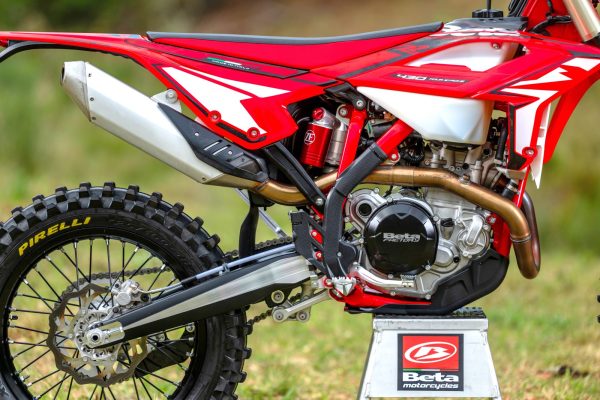
CAN YOU TELL THE ENGINE IS SMALLER?
Most regular trailriders will not notice the slightly underpowered motor. I know 10 people that can hang onto a genuine 450cc enduro bike through the bush and they’re all paid handsomely by manufacturers to race them. For the other 100 people I know that ride dirtbikes, the 430 cubes the RR 430 has at its disposal is plenty. You’re not going to win Hattah with the power the RR 430 puts out and you might get dragged off the line down a fire road by half a wheel by your mate on a 450cc motor but in the single trail and through the scrub you will be just as fast if you can hang on.
The RR range as opposed to the Racing range of Betas, are marketed at trailriders, not racers. As a result, the components and performance are drastically different. The ZF fork and shock are softer than the Racing and while they feel incredibly smooth over all the choppy tree roots and loose rocks, I did find the limit of the suspension when trying to race the bike. By comparison, when I rode a Beta Racing last year, the KYB suspension felt much firmer.
Softer suspension is a blessing and curse. It’s better if you don’t plan on using all the travel as the initial part of the stroke is as soft as a babies bum. If you’re the kind of rider that is just happy to cruise and doesn’t want to fight a firm front-end, the RR 430 will feel great between your legs.

The fork has plenty of adjustment like preload, rebound and compression on the top of the legs but the range isn’t massive. You won’t be able to simply wind on the compression, speed up the rebound and top out the preload and turn the ZF fork into the Racing’s KYB. I tried that and it only made it harsh. You’re better off using the ZF suspension for its intended purpose, leaving the springs with some room to wiggle and trailriding the RR 430.
The motor is a real lugger, as it’s got loads of torque and easy-to-use power. Where some 450cc machines are like aggressive rocket ships, the RR 430 is more like a diesel, it gets the job done with minimal fuss and doesn’t want to launch out of every corner. All 450cc machines will have plenty of power and torque but the RR 430 delivers it in managebale handfuls. The power builds a little more gradually than some of the other 450s and allowed me to carry taller gears without having to worry about whiskey throttling out of control.
With the map in the soft mode and with traction control on, the MY24 Beta RR 430 was even easier to ride. The power is still strong but not as responsive making it easier to hold onto than other 450s.
Sitting down or standing the Beta RR 430 felt comfortable. Betas’ in previous years have had a funny feel when in either position. When seated, the bike felt a little choppered out with the rear-end sagging and the handlebar felt like a tall bend which made the front-end unnerving. But the seated position is now much more flat and neutral and the handlebar-to-footpeg relation is a more familiar feel for those hopping off another brand.

THE PEOPLE’S BIKE
Most trailriders don’t need a 450 to have fun in the bush or keep up with their mates. But, this is not a 450, it’s a 430 and it’s a much easier bike to ride than some of those other, race-oriented 450s. The suspension is soft and plush which is great for trailriding and the 430cc motor could be considered docile for a bike that would sit against 450cc machines in a shootout. Most regular trailriders should be on a RR 430 rather than a fire-breathing 450.
With a price tag of $16,395 ride away, with the exception of the outdated $13,605 Kawasaki KLX450R, the MY24 Beta RR 430 is by far the cheapest 450, errr, or should I say 430, on the market.
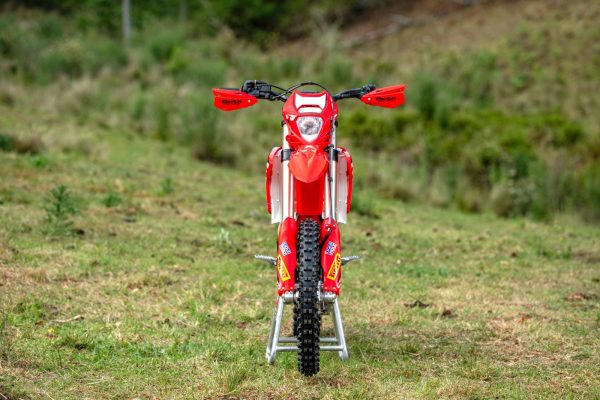
2024 BETA RR 430
ENGINE Single-cylinder, four-stroke, liquid-cooled
BORE X STROKE 95mm x 60.8mm
DISPLACEMENT 430.9 cc
COMPRESSION RATIO 12.33:1
STARTER Electric starter
FUEL SYSTEM Eldor dual electronic injection
CLUTCH Wet multi-disc clutch
TRANSMISSION Six-speed
FUEL TANK 9.0L with 2.3L reserve
WHEEL BASE 1490 mm
SEAT HEIGHT 940 mm
GROUND CLEARANCE 320 mm
WEIGHT (DRY) 108.5 kg
FRONT SUSPENSION 48mm ZF USD fork, 295mm wheel travel
REAR SUSPENSION ZF Monoshock, 290mm wheel travel
FRONT BRAKE Nissin 260mm wave disc
REAR BRAKE Nissin wave disc 240mm
HANDLEBAR N/A
FRONT TYRE Pirelli Scorpion Mid-Soft, 90/90 – 21
REAR TYRE Pirelli Scorpion Mid-Soft, 140/80 -18
RRP: $16,395 Ride Away
BROWSER: betamotor.com.au
WARRANTY: 6 months
WORDS | MITCH LEES
PHOTOS | BUSTAPHOTO
